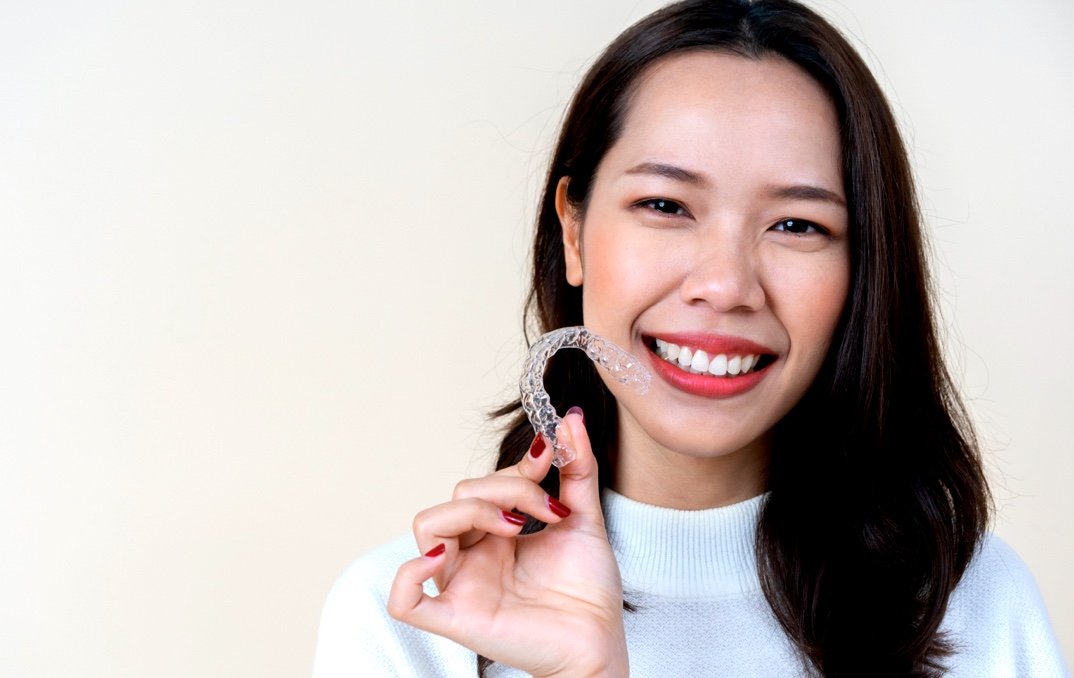Dental Coverage for Foreign Residents in Korea
What is the NHIS & Who’s Eligible
If you are a foreigner living in South Korea, the NHIS is the public health insurance system you’ll use.
- Foreign residents who stay in Korea for more than six months or are working and registered must enroll in the NHIS.
- Once enrolled, you receive benefits similar to Korean citizens — though premiums, coverage and co-payments still apply.
What Dental Treatments are Covered for Foreign Residents
Dental coverage under NHIS for foreign resident subscribers works largely the same as for citizens:
✅ Covered (at least partially):
- Basic dental procedures: check-ups, simple fillings, extractions, some periodontal (gum) care.
- Scaling (dental cleaning) in certain cases: for example, once a year adult scaling may be partially covered.
⚠️ Limited or Not Covered:
- Many cosmetic or elective dental services (teeth whitening, premium crowns, veneers, orthodontics for purely aesthetic reasons) are usually not covered by NHIS.
- High-end materials or cosmetic upgrades may be paid wholly out-of-pocket.
How It Works in Practice
- When you visit a dental clinic, you will present your Alien Registration Card (ARC) and show you’re enrolled in NHIS.
- The clinic will determine which part of your dental treatment is classified as 급여 (covered) vs 비급여 (non-covered) and calculate your co-payment accordingly.
- You’ll pay your co-payment on the spot. For any parts not covered by NHIS (non-covered items) you’ll pay full.
- If you have private insurance, you may claim some additional reimbursement for non-covered items—check your policy.
Key Points & Tips for Foreign Residents
- Ensure your ARC and residence registration are up-to-date: your NHIS eligibility and coverage depend on your registration status.
- Ask the dental clinic before treatment: “Is this procedure covered under NHIS or is it non-covered?” (in Korean: “이 치료가 보험 적용되나요, 아니면 비급여인가요?”)
- Even for covered treatments, expect co-payments — NHIS doesn’t always pay 100%. You might pay 20-50% depending on service type and institution.
- Keep your receipts (진료비 영수증) especially if you need documentation for insurance, tax deduction, or for future visa/registration purposes.
- Consider supplementing with private dental insurance if you anticipate non-covered treatments (implants, aesthetic dentistry, orthodontics).
- Choose a dental clinic that is friendly to foreigners (English-speaking staff, accepts NHIS) to avoid confusion.
Final Thoughts
For foreign residents in Korea, dental care under the NHIS provides
important coverage for necessary and basic dental treatments — check-ups, fillings, cleaning, extractions. However, cosmetic, elective or premium dental work often remains
out-of-pocket.
By understanding what is covered, clarifying in advance with your dentist, and preparing for co-payments or private supplements, you can make the most of your dental insurance coverage in Korea.

